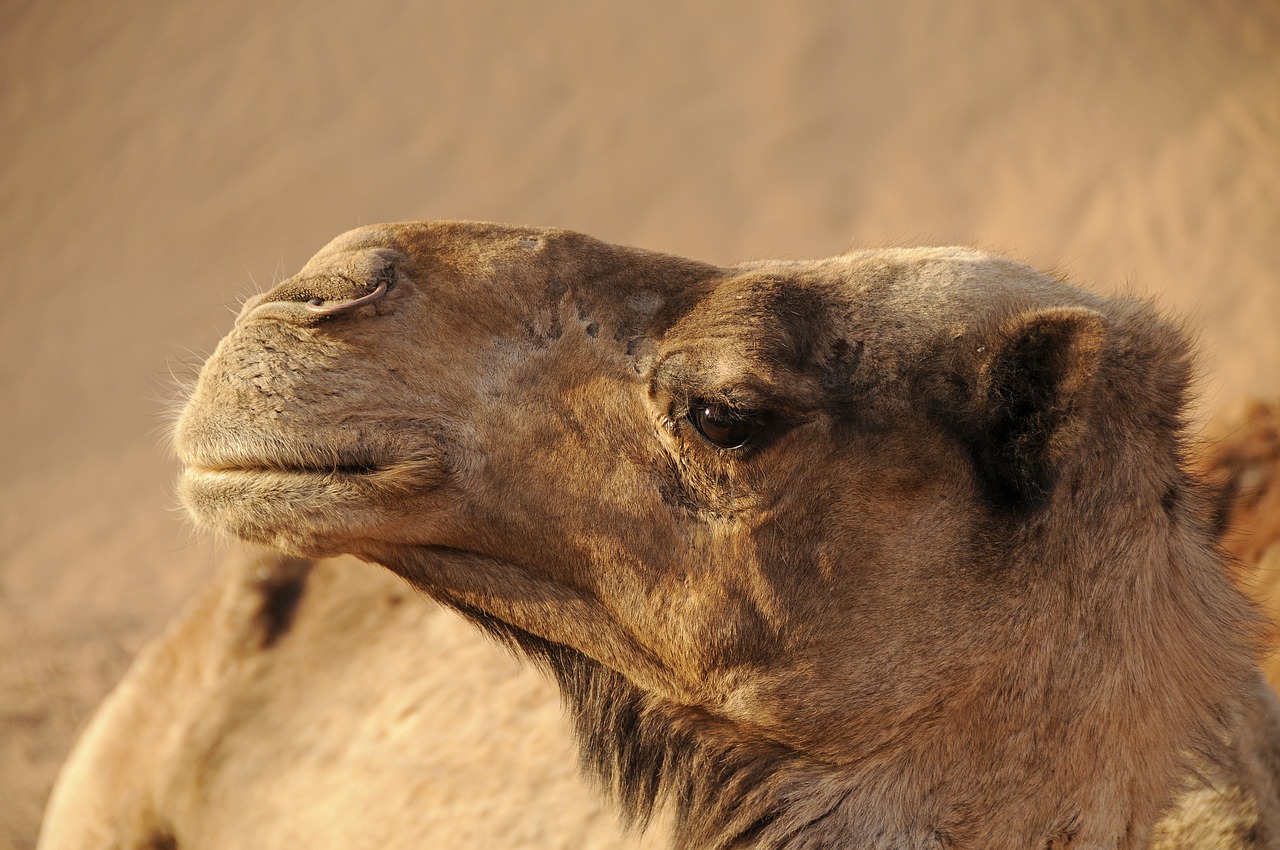
“Camels are the ships of the desert, and like ships, they carry valuable cargo across treacherous waters.”
Unknown
Background:
Welcome to the Virtual Camel Exhibit in our online animal kingdom! Camels are fascinating creatures that have captured human imagination for centuries. There are two types of camels: the dromedary camel and the Bactrian camel. Dromedary camels are also known as Arabian camels, and their scientific name is Camelus dromedarius. Bactrian camels are also known as two-humped camels, and their scientific name is Camelus bactrianus.
Camels are members of the Camelidae family, which also includes llamas, alpacas, and guanacos. They are herbivores and primarily eat grass, leaves, and thorny plants.
Dromedary camels are native to the Arabian Peninsula and are commonly used in Middle Eastern countries for transportation and as a source of milk and meat. Bactrian camels, on the other hand, are found in Central and East Asia and are primarily used for transportation and as pack animals.
Camels are well adapted to their desert environments. Their thick fur helps to keep them warm in cold desert nights, while their broad feet help them to move easily on sand. They also have the ability to conserve water, allowing them to survive for long periods of time without drinking.
Camels have played an important role in human history and culture. They have been used as transportation in the deserts of the Middle East and Central Asia for thousands of years, and their milk and meat are important sources of nutrition for many people in these regions. Camels have also been celebrated in art, literature, and folklore, and are sometimes seen as symbols of endurance, resilience, and survival.
Quick Facts:
- Camels are mammals with long, curved necks and humps on their backs.
- They are adapted to living in hot, dry environments and can go without water for long periods of time.
- Camels can run up to 40 miles per hour.
- The humps on their backs store fat, not water.
- Camels have three eyelids and bushy eyebrows to protect their eyes from sand and sun.
- They can close their nostrils to keep out sandstorms.
- Camels can live up to 50 years.
Fun Facts:
- Camels have been domesticated for over 3,000 years.
- They are used for transportation, milk, meat, and wool.
- Camels can carry up to 1,000 pounds on their backs.
- The camel’s foot has two toes that spread wide to keep it from sinking in the sand.
- Baby camels are called calves and can stand within 30 minutes of being born.
- In some cultures, camel racing is a popular sport.
Fun Facts for Kids:
- Camels have big, floppy lips that help them eat prickly plants.
- They can drink up to 30 gallons of water in just 13 minutes!
- A group of camels is called a caravan.
- Camels can close their nostrils to keep sand out of their noses.
- The bumps on a camel’s head are called “ossicones” and are used for fighting other camels.
References:
Charities:










